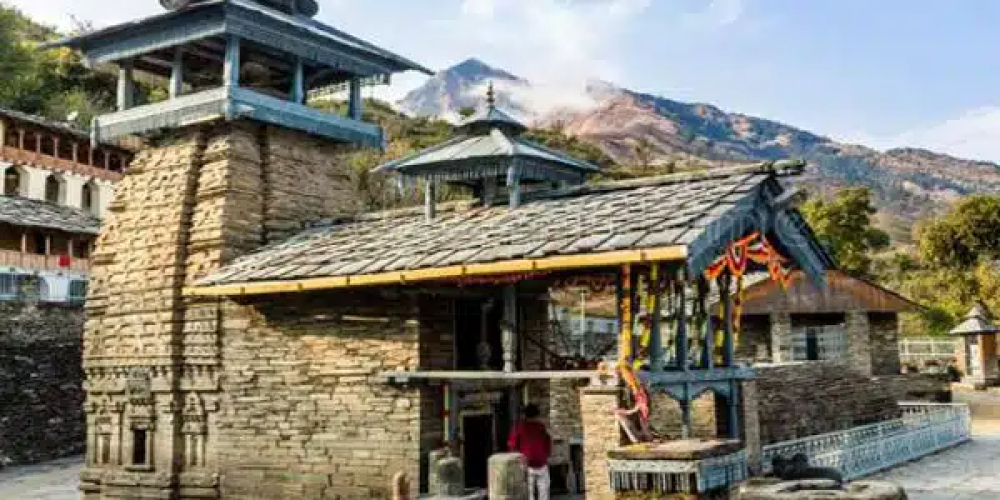

Lakhamandal Temple is an ancient Hindu shrine located in the Jaunsar-Bawar region of Chakrata, in the Dehradun district of Uttarakhand, India. Rooted in the lap of the Himalayas, this temple is dedicated to Lord Shiva and holds immense historical and mythological significance. The presiding deity is worshipped here in the form of a Shiva Linga. The temple dates back to the 5th-6th century AD and is believed to be associated with the legends of the Mahabharata. According to the legend, Lakhamandal is where the Kauravas attempted to burn the Pandavas alive in the house of lac (Lakshagraha).
The history of tourism at Lakhamandal Temple is not documented extensively. However, the temple has been a pilgrimage site for centuries, attracting devotees from across the region. In the past few decades, with the growth of cultural and heritage tourism in India, Lakhamandal has seen an increase in visitors interested in exploring ancient sites related to Hindu mythology and architecture.
The site's archaeological importance was recognized officially when the Archaeological Survey of India (ASI) took charge of the temple's preservation. The inscriptions and archaeological remains found near the temple reflect the skills of artisans from the Gupta period further establishing its significance in Indian history.
In recent years, dark tourism has gained popularity, which involves visiting places historically associated with death and tragedy. Given its background linked to the attempt on the Pandavas' lives, Lakhamandal has risen on the dark tourism map for some. Furthermore, with the increasing interest in offbeat and adventure tourism, Chakrata, along with Lakhamandal Temple, has become a hub for tourists seeking the thrills of the less explored trails of Uttarakhand.
Moreover, the area around Chakrata is gaining attention for eco-tourism. Sustainable travel practices are being promoted to protect the fragile Himalayan ecosystem while allowing tourists to enjoy the serene beauty of the region.